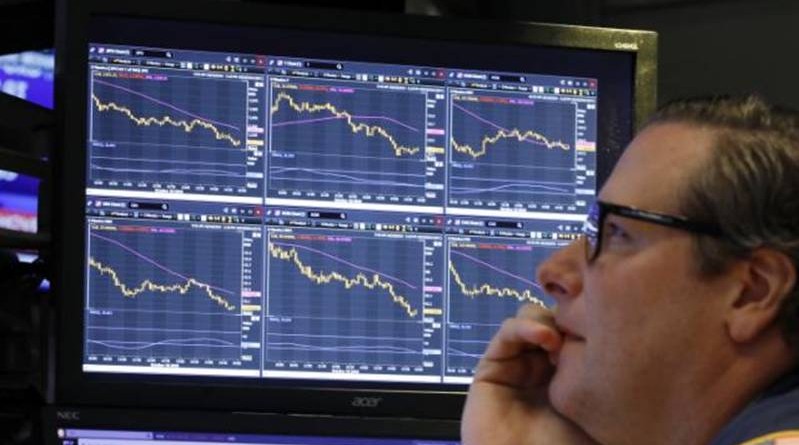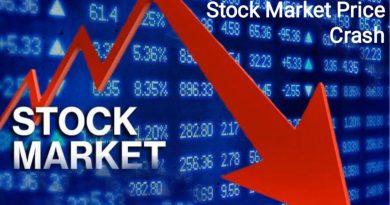Dow Jones drops 831 points, S&P 500 posts five-day losing streak
The Dow Jones (^DJI) tumbled 3.15%, or 831.83 points, with all 30 component of the blue-chip index finishing in the red. The S&P 500 (^GSPC) fell 3.29%, or 94.66 points for its fifth day of losses and longest losing streak since late 2016 The declines marked the biggest single-day percentage drops for both indices since February. The Nasdaq (^IXIC) slipped 4.08%, or 315.97 points.
“To use an old analogy, markets tend to take the stairs up – but the elevator down,” NYSE MAC Desk’s Ronald Bohlert said in an email.
“[T]here was no primary culprit today, just a whole lot of individual catalysts that came to a head and ushered the crowd to the door,” Bohlert added. “Rising yields, recent selling pressure in the market, some early negative pre-announcements, lingering trade worries, caution ahead of the financials reporting earnings on Friday, the approaching year-end… the stage was set for a couple of tires to finally blowout.”
Yields on the 10-year Treasury note hovered at 3.193%, while the 30-year yield edged higher to 3.375%.
Something “very unusual”
Typically, when stock prices drop precipitously, money moves into the bond market sending yields lower.
“Despite the equity sell-off, there was no move into Treasuries to seek safety,” Bohlert noted. “That’s an interesting dynamic.”
In an email on Wednesday afternoon, Academy Securities’ Peter Tchir said that the S&P 500 falling more than 1.5% and long-term yields rising simultaneously was “very unusual.”
Analysts weren’t able to identify a particular event that triggered Wednesday’s sell-off. But the rise in interest rates in recent days is certainly concerning.
“Stock market declines hurt confidence and reduce spending,” Bank of Tokyo-Mitsubishi’s Chris Rupkey said in an email on Wednesday afternoon. “We don’t know who is to blame here, it’s a little like trying to find what or who is responsible for the dangerous hurricane in Florida today. But make no mistake about it, the stock market decline, triggered perhaps by rising bond yields, is just as dangerous.”
Wednesday’s stock selloff was exacerbated after “the high-flying stocks that have propped indices up all year long reversed course,” Jamie Cox, Managing Partner for Harris Financial Group, told Yahoo Finance, citing Amazon and Netflix as two such examples. “Those kinds of stocks had really, really bad days. And that’s actually rather overdue and sort of what you would see in a normal correction,” he said.
Cox added that investors “trying to divine some type of recession activity or worse markets to come” may be off base. “It’s not that at all – this is a correction that needed to happen since those stocks had really gotten ahead of themselves,” he said.
Investors holding more diversified positions will likely benefit from the sell-off as money flows into areas of the market that had been more underrepresented this year, including utilities and staples, Cox said. “Those types of stocks have really not done well this year and should have done better. So as that rotation occurs, that’s what you’re going to see,” he said.




